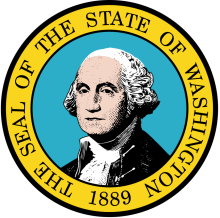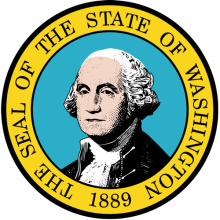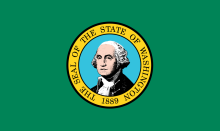Washington State Removes All Barriers to Municipal Broadband
Update: State Governor Jay Inslee signing two bills amending the same section of state law at the exact same time forced the Washington Secretary of State to seek judicial guidance on which bill will take precedence over the other in the face of legal challenge. It is still unclear if the two bills are compatible; however, in these instances the bills should be filed in the order in which they passed the State Legislature, with the bill filed last taking legal precedence. The Public Broadband Act passed the State Legislature one day after S.B. 5383; therefore, the Public Broadband Act should prevail over the Senate bill (S.B. 5383).
Yesterday, following weeks of anticipation, State Gov. Jay Islee signed the Public Broadband Act (H.B. 1336), removing all restrictions on public broadband in the state of Washington, according to the bill’s primary sponsor, State Rep. Drew Hansen, D-23. This critical leap forward in Washington drops the number of states with laws restricting community broadband to 17.
Rep. Hansen’s tweet announcing the passage of H.B. 1336:
BREAKING: Governor Inslee just signed my Public Broadband Act so we have ENDED ALL RESTRICTIONS ON PUBLIC BROADBAND IN WASHINGTON STATE!!
Next step: contact your local gov’ts (utility districts, ports, counties, etc.) & tell them you want public broadband.
LET’S GO GET IT!!








